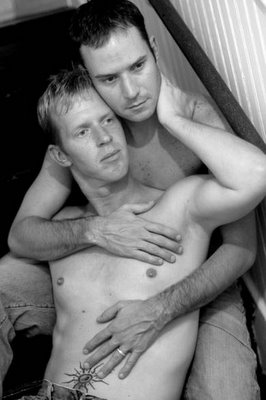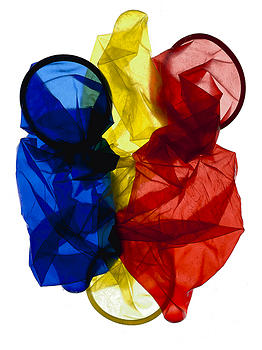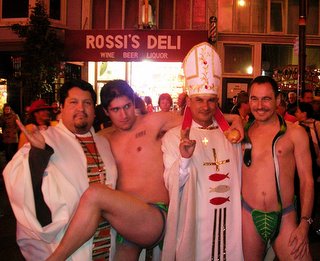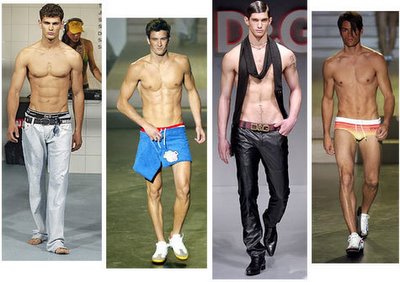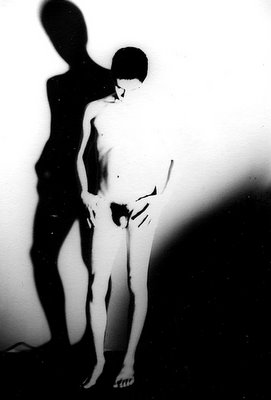 What passes for a media watchdog show on Fox News has failed again. Discussing the new pro-homosexual propaganda film, Brokeback Mountain, Fox News Watch panelist Jane Hall declared that 10 percent of the U.S. population was gay. Host Eric Burns countered that it may be as low as 5 percent. They were both wrong, as another panelist, James Pinkerton, pointed out. He noted the real figure is 1 percent. It comes from census data. The higher 10 percent figure comes from the discredited work of Alfred Kinsey, who greatly overstated the amount of sexual perversion in the population because he used criminals and pedophiles as his subject matter.
What passes for a media watchdog show on Fox News has failed again. Discussing the new pro-homosexual propaganda film, Brokeback Mountain, Fox News Watch panelist Jane Hall declared that 10 percent of the U.S. population was gay. Host Eric Burns countered that it may be as low as 5 percent. They were both wrong, as another panelist, James Pinkerton, pointed out. He noted the real figure is 1 percent. It comes from census data. The higher 10 percent figure comes from the discredited work of Alfred Kinsey, who greatly overstated the amount of sexual perversion in the population because he used criminals and pedophiles as his subject matter.Jane Hall is no ordinary pundit. She teaches journalism at American University and claims a master's degree in journalism from the Columbia University Graduate School of Journalism in New York. And yet she was uninformed about the available scientific data on the number of homosexuals in the population. With people like Jane Hall teaching student journalists, it's no wonder we face a seemingly never-ending problem of liberal bias in the major media.
Burns went on to wonder why 5 or 10 percent of the films and TV programs weren't geared toward a homosexual audience. Did it occur to him that doing programs geared to a small percentage of the population might drive away viewers? The question misses the point, however. The media fall all over themselves catering to the whims and desires of the homosexual lobby. The problem is too much, not too little, gay TV.
LOGO, the new homosexual TV network launched by MTV, is already in 13 million homes. It claims to have "more than 200 lesbian- and gay-themed feature films, an ongoing documentary series, newscasts tailored for the gay and lesbian community and quality original shows and specials."
LOGO has a partnership with CBS News. They are both part of the Viacom media conglomerate. Someone named Jason Bellini of CBS News appears on the channel to bring "exclusive news" of interest to gays and lesbians.
One such news report concerned the first "gay divorce," involving the first civil union couple, Carolyn Conrad and Kathleen Peterson. Conrad had gotten a "relief from abuse" order against Peterson and said she feared physical harm. On the Fox News Watch program, Cal Thomas wondered why the split wasn't getting as much attention as their original loving commitment, which was featured on front pages five years ago.
In response to my recent commentary suggesting the media adopt a "Stop Gay Sex" campaign to save lives, I was contacted for an interview by someone with Q Television World News on the Q Television Network. I declined after discovering that this is yet another homosexual channel.
One show, Queer Edge, hosted by one Jack E. Jett, "takes viewers to the farthest reaches of 'Queerdom'…" Jett delves into all definitions of the word 'queer' with his special guests, video features and celebrity guest co-hosts. Guests have included Buck Angel, a female to male transsexual porn star, and Mark Christian, the former lover of Rock Hudson, who died of AIDS in 1985.
This is worse than Rita Cosby's MSNBC show. This programming poisons our culture. But most commentators are reluctant to say this. Either they are gay themselves, too liberal to care, or fearful of getting hate-filled email messages generated by stories from homosexual David Brock's Media Matters.
My count shows that the homosexuals now have two networks devoted exclusively to their cause. And what about conservatives? We used to have Fox News Channel. Now it runs global warming specials featuring Robert F. Kennedy, Jr. and its news coverage is being manipulated by a Saudi Prince and investor in the Fox parent company to benefit global Islam.
Will the Saudi Prince please call Rupert Murdoch and pull the plug on Fox News Watch?
from Accuracy In Media
